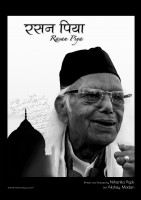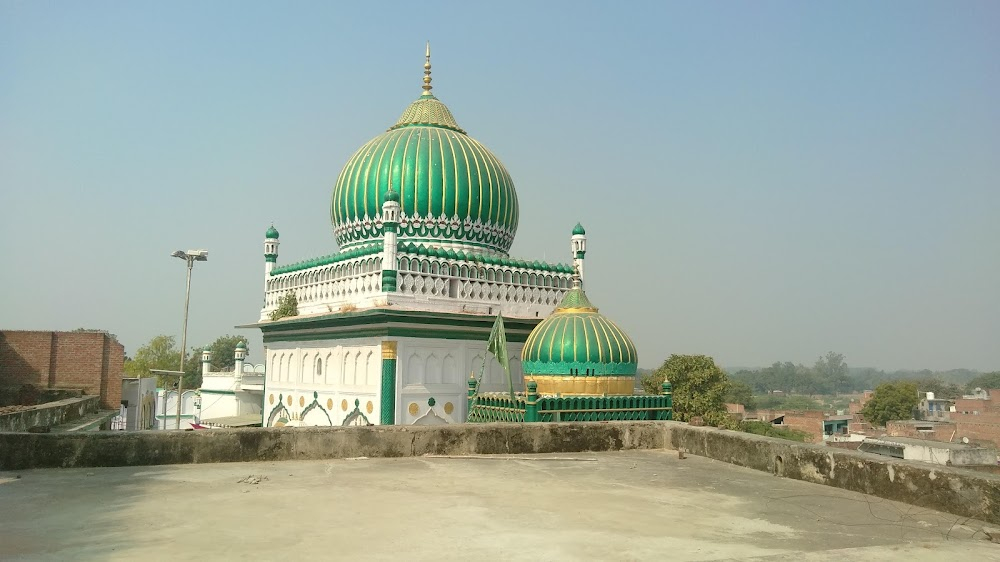Rasan Piya Filming Locations

Where was Rasan Piya filmed? Rasan Piya was filmed in 5 locations across India in the following places:
Rasan Piya Filming Locations
Kolkata (formerly Calcutta) is the capital of India's West Bengal state. Founded as an East India Company trading post, it was India's capital under the British Raj from 1773–1911. Today it’s known for its grand colonial architecture, art galleries and cultural festivals. It’s also home to Mother House, headquarters of the Missionaries of Charity, founded by Mother Teresa, whose tomb is on site.
Raebareli is a city in Indian state of Uttar Pradesh. It is the administrative headquarters of Raebareli district and a part of Lucknow Division. The city is situated on the banks of the Sai river, 82 km southeast of Lucknow.
Varanasi is a city in the northern Indian state of Uttar Pradesh dating to the 11th century B.C. Regarded as the spiritual capital of India, the city draws Hindu pilgrims who bathe in the Ganges River’s sacred waters and perform funeral rites. Along the city's winding streets are some 2,000 temples, including Kashi Vishwanath, the “Golden Temple,” dedicated to the Hindu god Shiva.
Salon is a town and nagar panchayat in Raebareli district in the Indian state of Uttar Pradesh. It serves as the headquarters of a tehsil as well as a community development block. Originally it was also the headquarters of the entire district, but they were moved after the Indian Rebellion of 1857.
New Delhi, is the capital of India and a part of the National Capital Territory of Delhi. New Delhi is the seat of all three branches of the Government of India, hosting the Rashtrapati Bhavan, Sansad Bhavan, and the Supreme Court.
Rasan Piya (2015)
'Rasan Piya' is a documentary on the life of renowned Khayal vocalist and poet, Ustad Abdul Rashid Khan. His story is that of an extraordinary musician, poet and teacher; of someone who has not only preserved but also added much to an ancient Indian art form; of a brave man who overcame his physical limitations to create beautiful music and inspire a whole generation of musicians and music lovers. The film explores the various influences that have shaped his life and music. His life also offers a commentary on the change that art in India has witnessed with the decline of the riyasats (kingdoms) and the patronage they offered. Lastly, the film attempts to draw one towards our ancient 'guru shishya parampara', as preserved and practised by one its most revered exponents.

